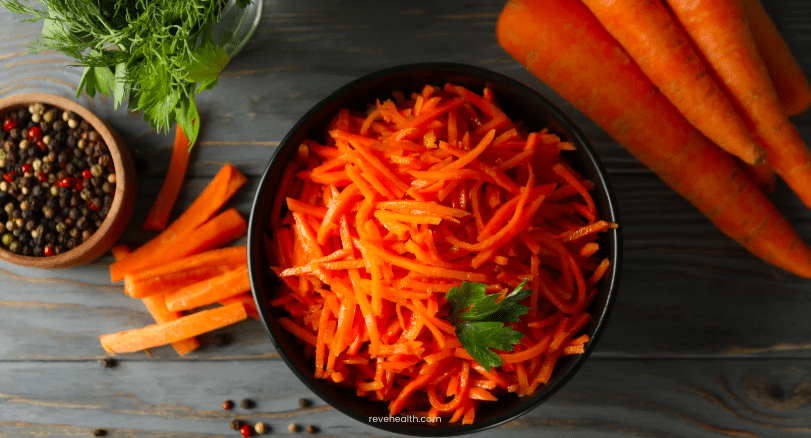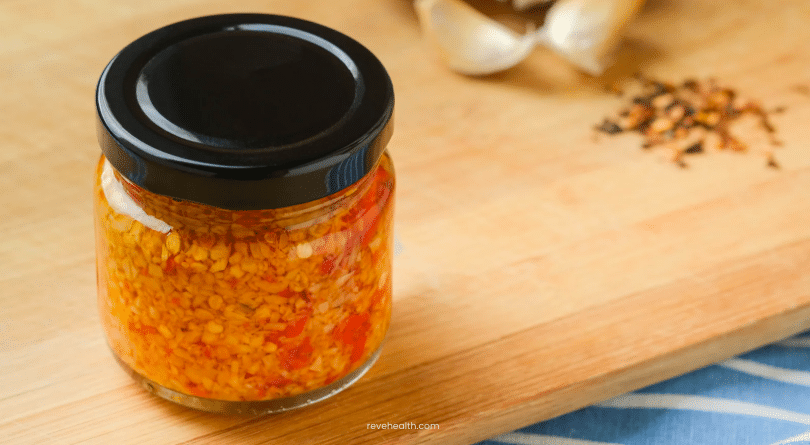Understanding Food Labels
Food Labels
Both processed and whole food items have food labels or certifications that show how the food was grown or processed. Often, companies have to pay for these labels and meet certain standards to be qualified. They aren’t perfect, but they can give us a good indication of the quality of the food.
Let’s go over some common food labels:
Organic: All foods and food products that are listed as organic must contain at least 95% of its ingredients with no synthetic growth hormones, antibiotics or synthetic pesticides.
Animal Welfare Approved: This certification on meat and meat products is granted to family farms where the animals can behave naturally and in a state of psychological wellbeing. The animals must be raised on pasture or range.
Animal Welfare Certified: This is a scale system, labeled 1-5, that shows how the animal was raised on meat and meat products. 1 is closest to factory farming conditions while 5 is the animal spends its entire life on a farm.
Non-GMO: This label ensures the food or food product was grown and produced without genetically modified ingredients. All organic food is non-GMO.
Grassfed: This label ensures the animal was fed grass during their growing period. A grassfed label can still mean the animal was fed grains and limited to confinement during the last stages of their life. 100% grassfed and finished labels ensure the animal was raised on grass the entirety of their life.
Free Range: Free range poultry means the animal spent some of its life outside and it doesn’t live in a cage. The time outside could dramatically vary from 5 minutes a month to 5 hours a day.
Wild Caught: This label indicates the fish was caught in the ocean or from a fishery that is certified sustainable.
As you can see, some of the labels have loopholes or regulations that are subjective (organic products may not be fully organic, free range may not mean as much as we think). When we’re buying food from grocery stores, there isn’t an opportunity to speak to a local farmer to see how they grow their food. While we are big fans of supporting local farmers, we also understand it isn’t always practical or convenient.
Tips to Buy Healthy Food
Buy Organic
Stick with organic produce and processed foods whenever possible. See the Clean Fifteen and Dirty Dozen handout to see which food items should be prioritized organic to prevent excess pesticide residue exposure.
Grass Fed Meat
100% grass-fed meat, Animal Welfare Certified #5 and wild caught fish are your best bet for animal products. Some grocery stores carry this quality of meat, but often you have to look elsewhere at local family farms or farms that sell online. There are many companies that offer high quality meat deliveries across the country now!
Wild Caught Fish
Choose wild caught fish over farm raised fish. If you don’t live on the coast, there are many online stores that sell wild caught fish.
Free Range Eggs
Choose free range eggs over conventional eggs. While the free range label is unclear, it is better than conventional eggs.

